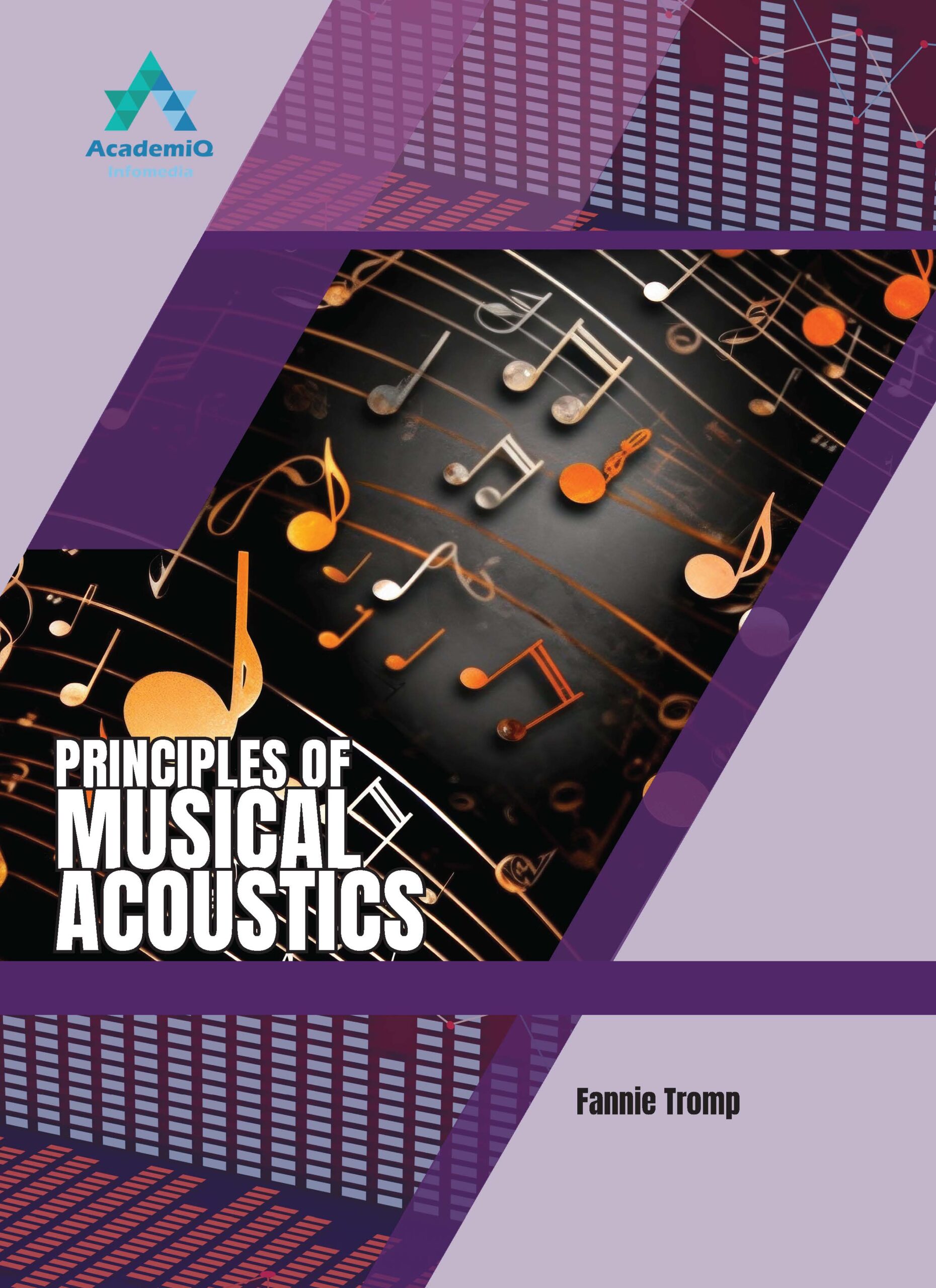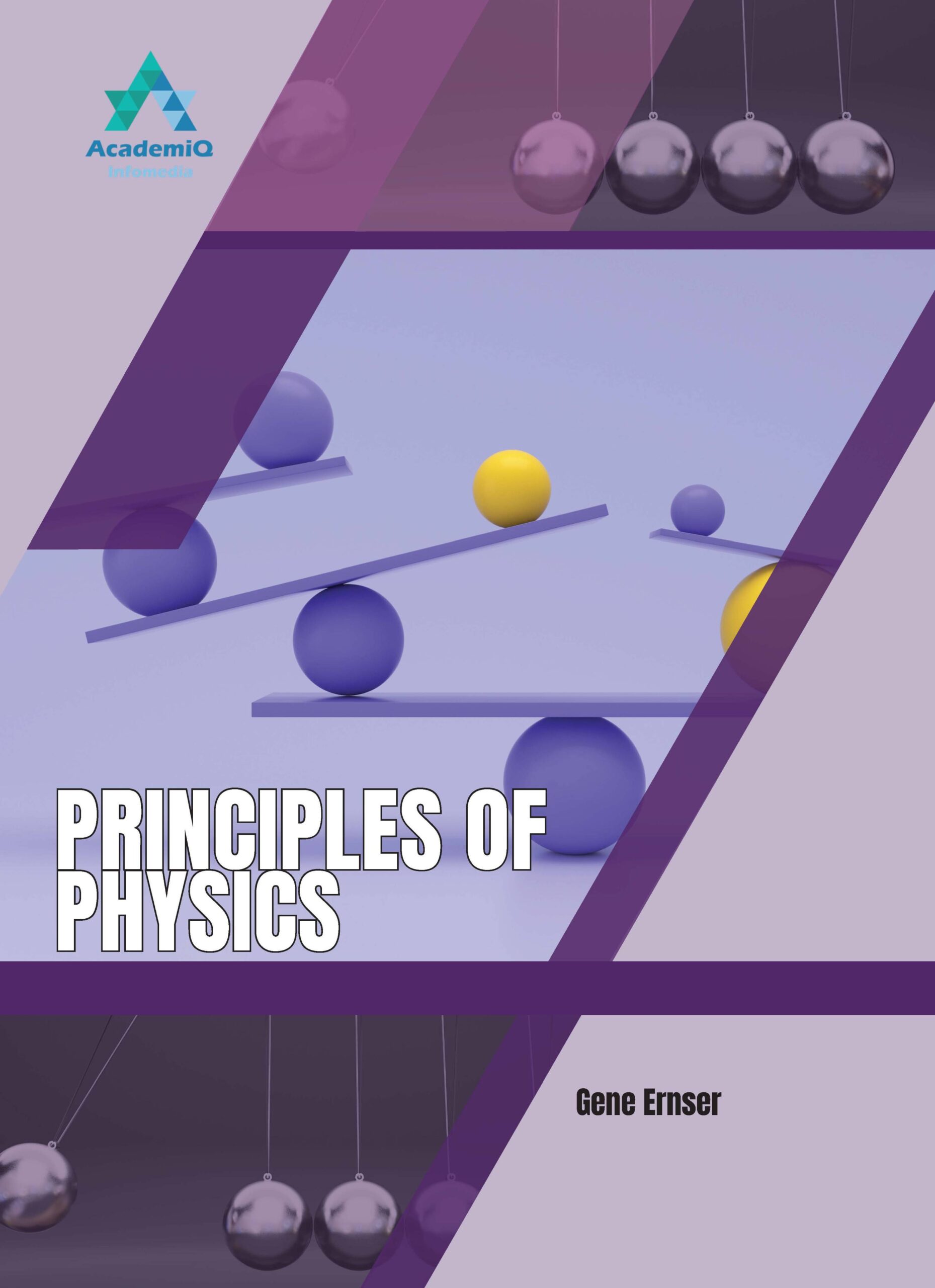Principles of Musical Acoustics
$189.99
ISBN: 9781645343127
Binding: Hardcover
Year: 2025
Pages: 206
Author: Fannie Tromp
Book Size: A4 (8.9 X 12.3)
The book “Principles of Musical Acoustics” is a comprehensive guide that delves into the intricate science behind the creation, transmission, and perception of sound in the realm of music. This book is designed to be an accessible yet in-depth resource for anyone interested in understanding the fundamental principles that govern acoustics in musical contexts. The book covers a wide range of topics essential to understanding musical acoustics. Readers will explore the physics of sound waves, vibrations, frequencies, amplitudes, and waveforms, gaining insight into how these elements contribute to the richness and complexity of musical sound. They will also delve into resonance phenomena, harmonic series, overtone generation, and the nuances of timbral richness that characterize different instruments and musical styles. One of the key focuses of the book is on instrumental sound production. Readers will gain a deeper understanding of how various musical instruments, including strings, wind instruments, percussion, and electronic instruments, produce sound. They will learn about the intricate mechanisms and interactions that result in the diverse tonal palettes and expressive capabilities of different instruments.
Moreover, the book explores psychoacoustic principles, shedding light on how humans perceive, interpret, and respond to auditory stimuli in music. Topics such as pitch perception, timbre, spatial cues, and masking effects are discussed in detail, providing readers with insights into the perceptual mechanisms that shape our musical experiences. “Principles of Musical Acoustics” also delves into room acoustics, examining the influence of room dimensions, materials, and acoustical properties on sound propagation and perception. This section is particularly valuable for those interested in optimizing sound recording, mixing, and reproduction techniques in various acoustic environments. Throughout the book, interdisciplinary connections are highlighted, showcasing the collaborative nature of research and innovation in musical acoustics. Real-world case studies, practical applications, and thought-provoking exercises enrich the learning experience, encouraging readers to apply theoretical concepts to practical scenarios. Whether you’re a music enthusiast, musician, audio engineer, educator, researcher, or student, “Principles of Musical Acoustics” offers a comprehensive and engaging exploration of the science behind the sounds we hear, deepening your understanding and appreciation of the sonic intricacies that define the world of music.
Table of Contents
Only logged in customers who have purchased this product may leave a review.












Reviews
There are no reviews yet.